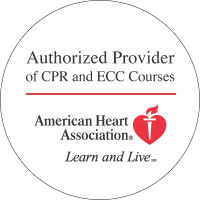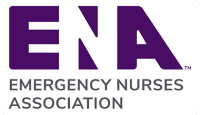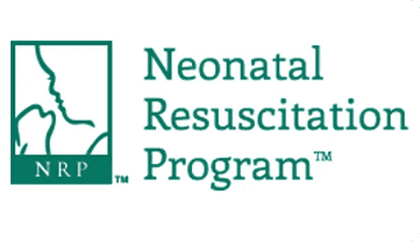If you work with the pediatric population in your health care organization, you know just how fragile their health can be when they are already ill. Just the smallest change can spell disaster for them, leaving their precious lives hanging in the balance.
In the hospital, when cardiopulmonary arrest is called on the pediatric unit, your heart probably fills with anxiety because you know just how dangerous this is. As with adult patients, the key to a successful pediatric code is a quick reaction time. Moreover, because you are working with such a small body, a fast response becomes even more critical.
These tips will help you and your team react quickly, correctly and positively during a pediatric code.
-Recognize Abnormalities
If you regularly work with pediatric patients, you certainly know common vital sign readings and laboratory numbers and can instantly identify those that are abnormal. However, if you typically work with a different population but know that you could be called to a pediatric code, you should definitely study up on common pediatric health values.
-React Quickly
The first five minutes of any code are the most important because your patient’s health can rapidly deteriorate within that time. Research has shown that providing the proper life-saving care within that timeframe can exponentially increase the patient’s probability of surviving the code. Therefore, you and your team must be able to react swiftly, get the right equipment and follow recommended steps at a moment’s notice.
-Consider Medication Dosages
While pediatric patients often require some of the same medications that adults are given during a code, they will definitely require different dosages of them because of their lower body weights. Therefore, you should feel comfortable performing intricate drug calculations in a stressful environment.
-Work as a Team
A pediatric code is no time to prove that you know everything and can work alone. Instead, this is one of the most important times to work together as a team. As each person comes into the room, he or she should take on a specific role, such as the giver of medications, the person providing chest compression or the charter. Audibly tell the person in charge of the code what role you are assuming.
-Practice, Practice, Practice
Mock codes help you and your team feel comfortable working together during a real code. Plus, these practice sessions help you recognize common code scenarios.
-Become Certified
By far, one of the best things you can do to ensure that you stay on your toes at your next pediatric code is to become certified. As a health care worker with the pediatric population, a Pediatric Advanced Life Support course will prepare you for a variety of clinical scenarios that you could see and will lead you through a variety of early and continuing interventions for this vulnerable population.
There are many things that you and your coworkers can do to be ready to respond to pediatric codes at a moment’s notice. Although this is certainly a stressful situation for you, by staying calm and relying on your knowledge and skills gained from your certification program and your practice sessions during mock codes, you can feel confident that you will be able to respond quickly and well whenever this situation next arises.








